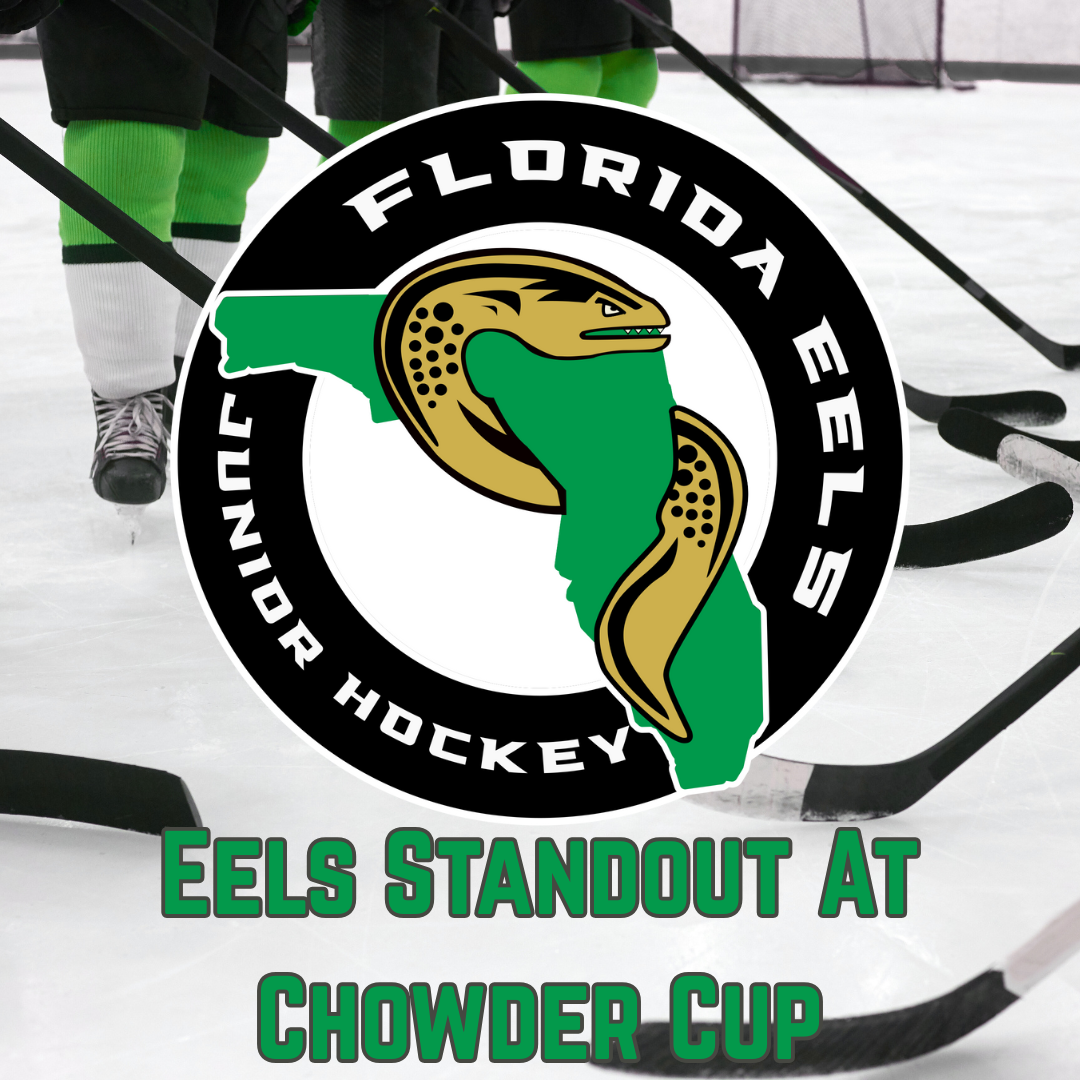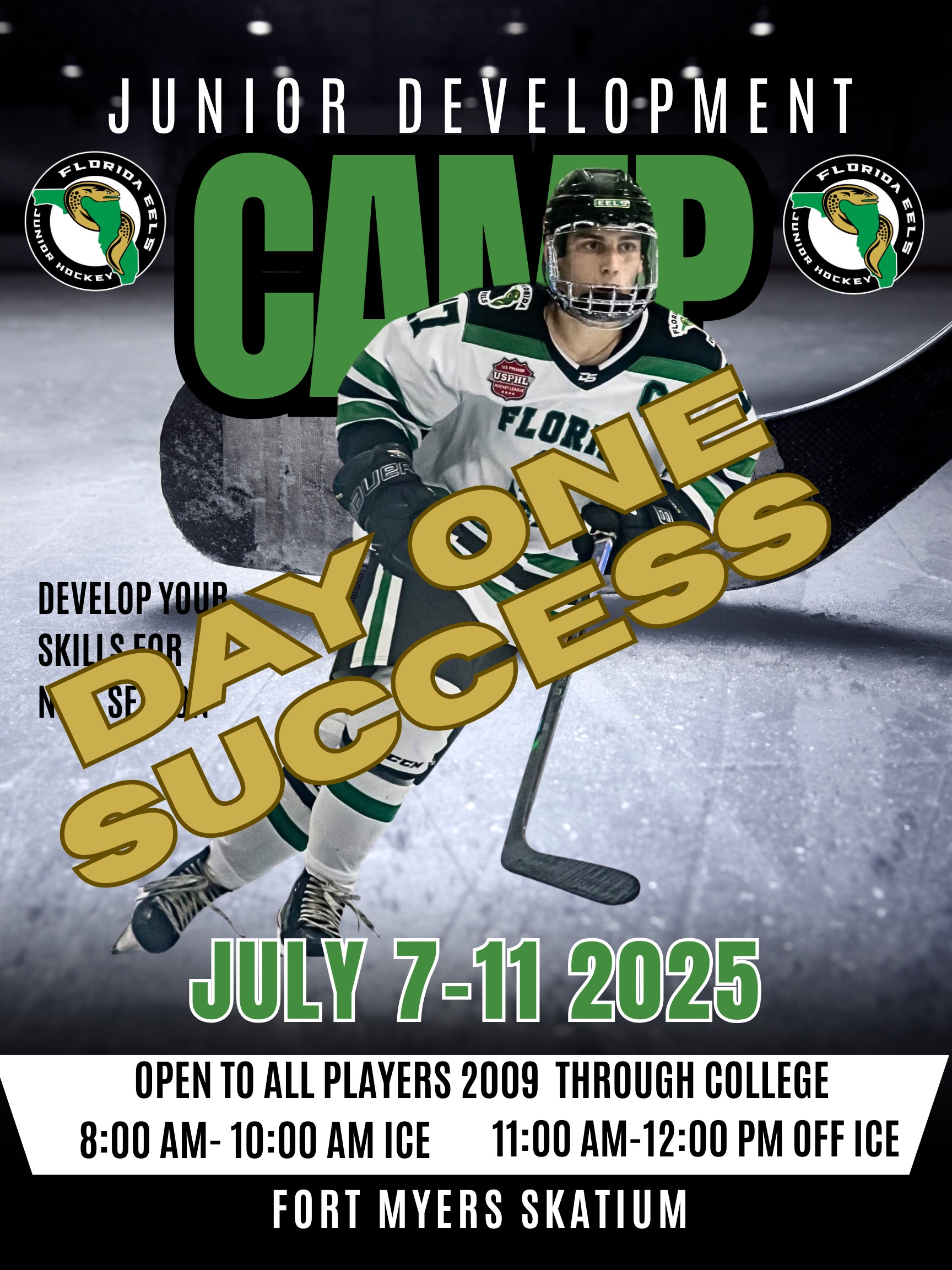Find a mix of college matches
We always advise athletes to keep their options open. Because the majority of scholarship athletes compete outside of Division I, it’s important to include a mix of Division II, Division III and NAIA schools on your college lists. In fact, while 56 percent of Division I athletes receive some form of aid, 61 percent of Division II and 82 percent of Division III college athletes receive aid or need-based scholarships. That way, if you change your mind about a program, or your scholarship falls through, you have plenty of options still available. Here’s a little about each:
- Division I: These programs are highly competitive and being an athlete is considered a full-time job. There are more than 330 DI schools and they typically offer partial or full scholarships, but less than .8 percent of high school athletes play at this level.
- Division II: These programs tend to be a mix of private and public schools that are smaller to mid-sized. There are more than 300 DII programs, all of which offer athletic scholarships. Athletes typically find a balance among their academics, athletics and social life at these institutions.
- Division III: There are more than 440 DIII schools and 81 percent of them are private institutions. In general, they tend to be smaller schools. DIII offers athletes more free time so they can have a well-rounded college experience.
- NAIA: The average NAIA school has 2,000 students and there are more than 250 programs nationwide. Like Division III, these schools are smaller.
- Junior college: Junior colleges offer a 2-year associate degree and most can offer scholarships. For many athletes, junior college is an opportunity to improve and grow, while discovering different subjects they’d like to major in. Read more: Why junior college might make sense for you.
As your grades change and your athletic ability improves, you can continue to build your list of college matches to see how well you qualify and where you’d be a great fit. Halfway into your senior year, you’ll want to have your target list narrowed down to about 5 schools you’re interested in—and where the coach is extremely interested in you, too.
Factors to consider when finding your college match
From location and campus size to majors and playing time, there’s a lot that goes into choosing a college. We often remind student-athletes that what’s important to them matters just as much as what coaches’ want. After all, you’re the one picking the college. To help you identify your college matches, think of the whole experience—not just your career as an athlete.
- Academics: Being offered an athletic scholarship doesn’t guarantee your acceptance into a school—you must qualify academically, too. If your GPA or test scores were to go up a few points, how many new doors would open? Then, think about what you’d like to study in college and how much time you need to focus on academics outside of your sport. Ask the coach how other athletes manage their course loads and see if anyone is studying your major. You can use Parchment’s website to easily compare where your grades and test scores stand among other students, and see your chances of being admitted into a college.
- Athletics: While Division I offers a high level of competition, less than .2 percent of high school athletes go on to play at that level. Focus your efforts on finding the division level you fit in most. You want to target schools where you can make a valuable contribution to the team. That might be Division II, Division III, NAIA or even junior colleges, all of which offer great opportunities and scholarships. Learn the difference between the divisions (read more on that here) to understand which one is right for you.
- Your personal preferences: This will be your home for the next four years, so you’ll want to settle in. Soak in the environment when you go on campus visits, including the location, school size, dorms and social vibe. Ask other students what they like about living on campus to see if you can picture yourself being there. Don’t forget to consider how far you are from home and even the weather. It’s beneficial to keep a checklist going of which personal preferences matter to you most as you start researching schools.
- Cost: How much aid are you eligible to receive and can you afford the school without an athletic scholarship? You always want to keep these factors top-of-mind when pursuing programs. Learn more about your college costs by visiting College Board’s website.
25 question checklist to create your top list of schools
- What do I want to major in? Does the college offer my major?
- Have other athletes graduated with my major?
- How academically selective would I like the college to be?
- Do my grades and test scores fit within the requirements?
- What kind of academic support would I need?
- What teacher-to-student ratio works best for me?
- Which division reflects my key stats and athletic ability?
- Do I want to play for a consistently winning/top conference team?
- Would I consider walking on to an athletic program?
- Which coaching style and training program do I respond to best?
- Do I need a lot of playing time?
- Is the coach recruiting my position, or have they offered scholarships to anyone in my position?
- How much offseason training is required?
- Do I want to stay close to home? Or am I willing to go out of state?
- What is the weather like there? Do I care?
- Which kind of campus environment suits me best—social, commuter, or quiet campus?
- What school size feels right to me—less than 5,000 students, more than 15,000, or somewhere in between?
- What kind of housing situation do I want?
- How much free time would I like to have outside of sports?
- Do I want to study abroad, or travel?
- What can I afford, and how much debt would I go into?
- What kind of athletic scholarship would be required to make a school affordable?
- How much do I need in grants and other academic aid?
- Would I consider a private school?
- Am I interested in a specialized college, such a religious school or military academy?
NCSA’s Matching Algorithm
Our matching technology is designed to help you find your best college match. We simplify your search process by walking you through a variety of questions to see what’s most important to you when it comes to choosing a college. Then our proprietary technology searches thousands of programs, while comparing your answers to coach preferences in our network, to narrow down your results by schools that are an exceptionally great match for you.
Our families use this list as a tool to identify their potential colleges and see how they rank at universities across the nation. They manage their target list on their online profile, including communications they have with coaches and recruiting staff. Instead of spending countless hours seeking out opportunities, our matching process easily identifies programs for you—and then helps you narrow it down to the very best ones.




